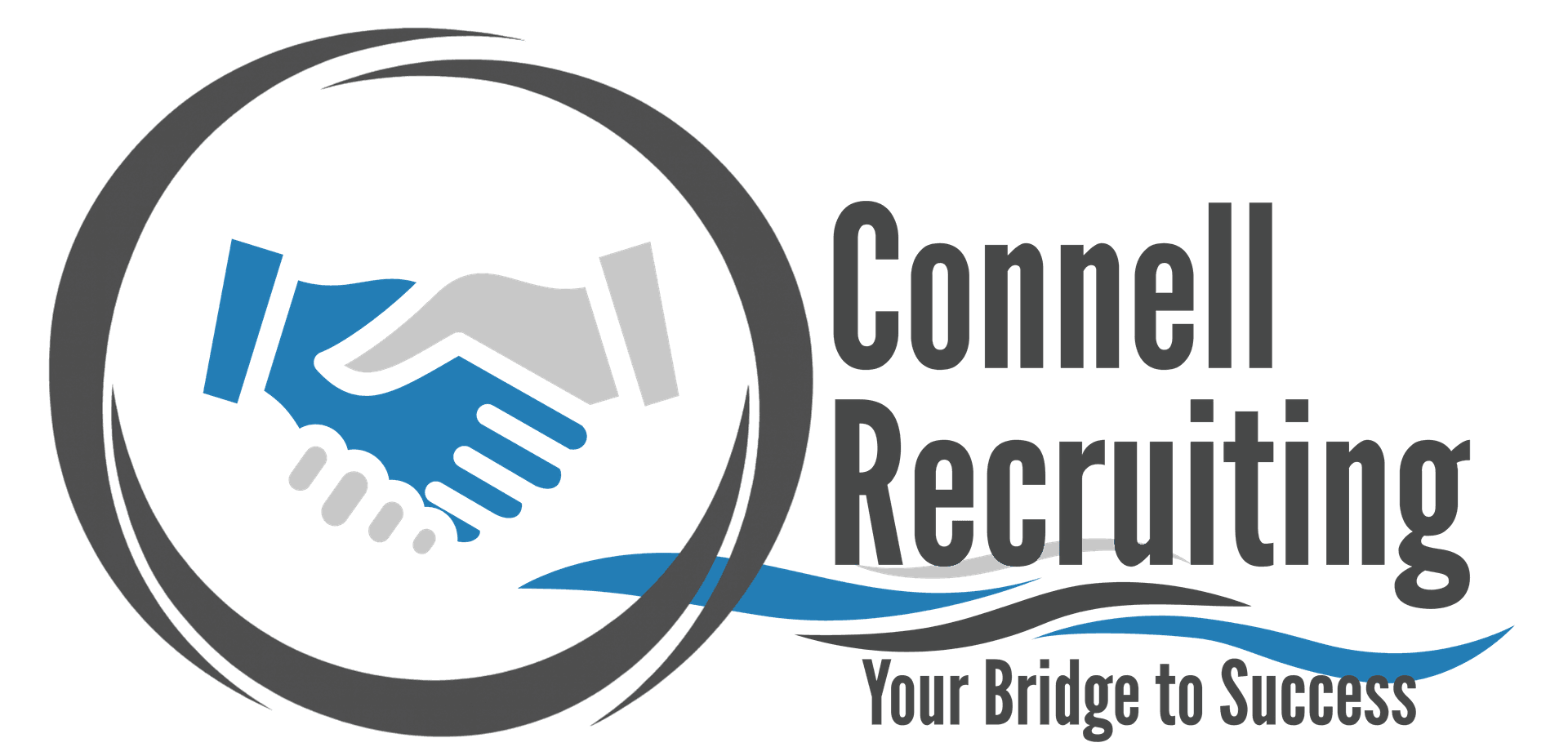Navigating the Direct Hire Process: Tips from O'Connell Recruiting
Understanding the Direct Hire Process
The direct hire process is a crucial component of recruitment, where a company seeks to fill permanent positions by hiring directly instead of through temporary or contractual means. It offers numerous advantages, including stability for both the employer and the employee. However, navigating this process can be challenging without the right guidance. O'Connell Recruiting, a leader in the recruitment industry, offers insightful tips to streamline this journey.

Defining Your Needs
The first step in the direct hire process is to clearly define what you are looking for in a candidate. Understanding the specific skills, experience, and cultural fit necessary for the role is essential. Create a detailed job description that outlines these requirements to attract the right talent. This clarity not only helps in attracting suitable candidates but also streamlines the interviewing process.
Additionally, consider the long-term goals of your organization. Hiring someone who aligns with the company's vision and growth plans ensures a more harmonious working relationship. A well-defined need leads to more effective recruitment strategies and a higher success rate in finding the right match.
Crafting a Compelling Job Description
A well-crafted job description is crucial in the direct hire process. It serves as the first point of contact between a potential candidate and your company. Ensure that your job description is comprehensive and highlights both the responsibilities and the benefits of the role. Use clear and concise language that resonates with your target audience.

Incorporate keywords that are relevant to the position and industry. This not only improves the visibility of your job posting but also attracts candidates who are actively searching for those roles. Additionally, emphasize what makes your company unique, such as culture, values, and growth opportunities.
Leveraging Recruitment Tools
In today's digital age, leveraging recruitment tools and platforms is vital to reach a wider pool of candidates. Utilize online job boards, social media platforms, and professional networks like LinkedIn to advertise your openings. These platforms provide access to a diverse range of candidates and increase the chances of finding the perfect fit.
Moreover, consider using applicant tracking systems (ATS) to manage applications efficiently. These systems help in organizing candidate information, tracking the progress of applications, and streamlining communication with potential hires. By integrating these tools into your recruitment strategy, you can enhance efficiency and effectiveness.

Conducting Effective Interviews
The interview process is a critical step in the direct hire process. It is your opportunity to assess not only the skills and experience of the candidate but also their potential fit within your company culture. Prepare structured interview questions that align with the competencies required for the role.
Consider conducting multiple rounds of interviews with different stakeholders to gather diverse perspectives. This collaborative approach ensures a comprehensive evaluation of each candidate and aids in making informed hiring decisions. Additionally, provide timely feedback to candidates to maintain a positive experience.
Making the Final Decision
After conducting interviews and evaluating all candidates, it's time to make the final decision. Consider not only the qualifications but also the cultural fit and potential for growth within your organization. Trust your instincts and leverage feedback from team members involved in the interview process.

Once you have made your decision, extend an offer promptly. Clearly communicate the terms of employment, including salary, benefits, and start date. A prompt and clear offer sets a positive tone for the new hire's journey with your company.
Onboarding Your New Hire
The direct hire process doesn't end with extending an offer. An effective onboarding process is vital to ensure the smooth integration of a new hire into your company. Provide them with the necessary resources, introductions to team members, and a clear outline of their responsibilities.
By investing time in a structured onboarding program, you set the foundation for a successful and productive working relationship. Remember that a positive onboarding experience can significantly impact employee retention and satisfaction.
